Topics
These common topics of Digital Technologies provide a guide to what each topic is about, resources to learn more about it, how to teach it, relevant games and applications, as well as curriculum connections.
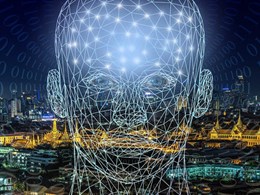
Artificial intelligence (AI)
Artificial intelligence (AI) is the ability of machines to mimic human capabilities in a way that we would consider 'smart'.
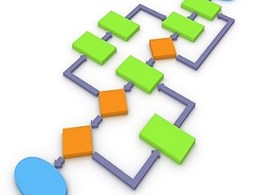
Algorithms
An algorithm is a series of ordered steps that are required to solve a problem. In order to work, algorithms need to have their steps in the right order.
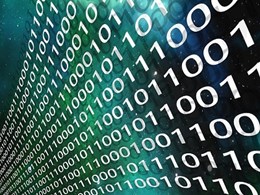
Binary
The binary number system is a base-2 number system using only two different symbols for its digits, 0 and 1.
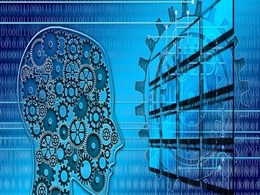
Computational thinking
Computational thinking describes the processes we draw on when thinking about how a computer can help us to solve complex problems.

Data representation
All information in a digital system is stored and transmitted as sequences of bits, or binary digits.
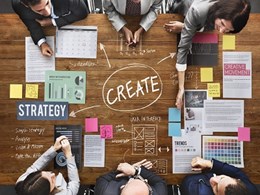
Design thinking
Design thinking is a methodology used to solve complex problems and find useful solutions.
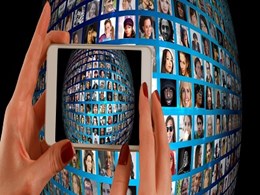
Digital citizenship
Digital citizenship is about confident and positive engagement with digital technologies.
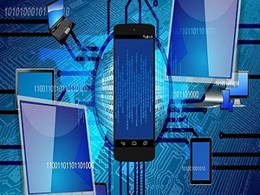
Digital systems
The term digital system refers to elements such as hardware, software and networks and their use.
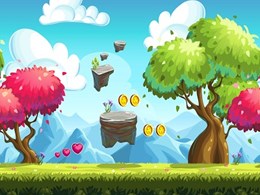
Game-based learning
Game-based learning involves students using game development concepts and software to create their own games.
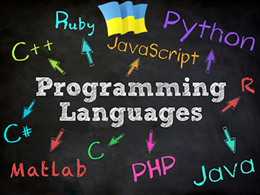
General-purpose programming
Text-based programming used to create programs by typing letters, numbers and symbols and requires the use of formal syntax.
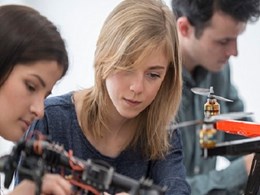
Girls in tech
Resources, readings, competitions and programs specifically about promoting technology education for girls.

Maker spaces
Maker spaces are creative, self-directed learning spaces where students can create, invent and learn.
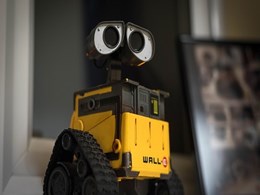
Robotics
A robot is a mechanical device that can be programmed to follow a set of instructions.
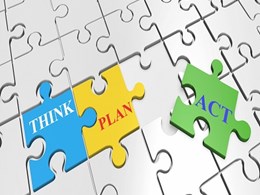
Systems thinking
Systems thinking requires students to see and make connections between solutions, systems and society.

User interface
A way that people interact with a computer system, including how they exchange information and instructions with it.
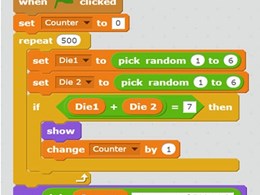
Visual programming
Users create programs by manipulating elements graphically rather than writing them in text format.